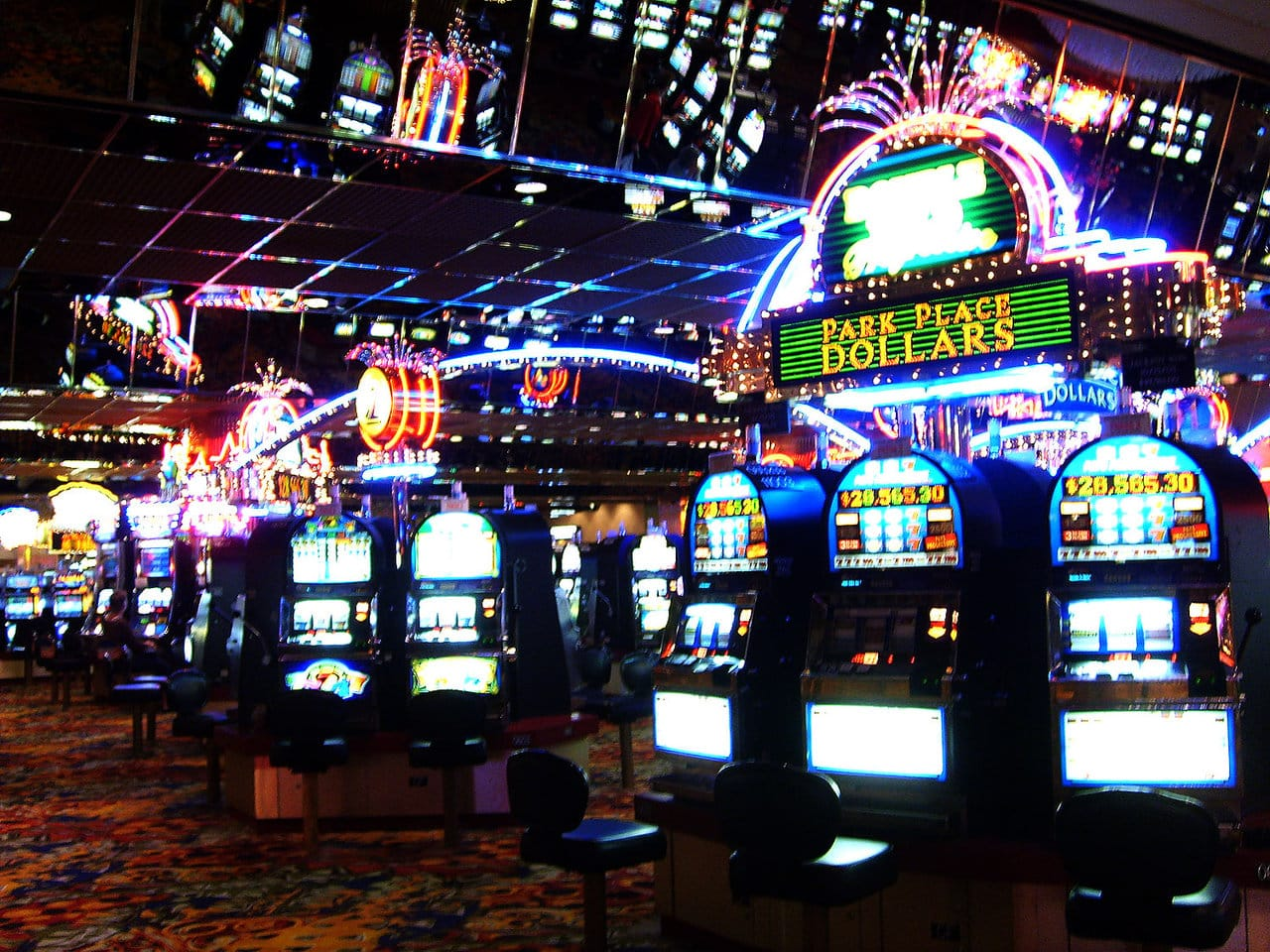The Psychological principles That drives Casino Game Design

Casino games have long captivated people's attention, drawing participants into a universe filled with fortune, strategy, and the allure of adventure. https://8ok.run/ Each activity is painstakingly crafted not just for enjoyment, but also to inspire particular emotional responses that keep gamblers engaged and committed. Understanding the reasons behind these designs reveals much about how psychology plays a vital role in the gaming experience.
From the bright lights and vibrant sounds to the intricate layering of rules and payoffs, casino games are designed to create an atmosphere of excitement and anticipation. Game designers leverage psychological principles to influence gambler behavior, whether through the use of big prizes, close-call situations, or social interactivity. By examining these factors, we can better appreciate how casino games fulfill not just a want for entertainment, but underlying psychological needs for thrill and uncertainty.
Comprehending Gamer Behavior
Casino games are designed with a deep understanding of gamer psychology, which is vital for drawing in and retaining players. The rush of the game, alongside the hope of winning, creates a formidable allure. Game designers make use of elements like sonic elements, colorful graphics, and engaging gameplay to capture attention and generate emotional responses. These sensory effects enhance the overall experience, making players feel more invested in the game.
Another important aspect of player behavior is the concept of risk and reward. Casino games often balance high-stakes situations with the potential for considerable rewards, which can cause the event known as near-miss effect. When players come close to winning, the brain releases dopamine, bolstering their behavior and motivating them to persist playing in search of that elusive win. This cycle of anticipation and frustration plays a crucial role in how games are structured and promoted.
Lastly, community aspects also play a pivotal role in player behavior at casinos. Many games are crafted to be played in groups or in company with other players, nurturing a sense of belonging and shared experience. The interaction inherent in games like blackjack enhances enjoyment and can lead to extended gameplay. Designers capitalize on this by creating environments that invite players to stay, connect, and come back, making the overall casino experience more inviting.
The Role of Imagery and Sound
Imagery and sound play a vital role in improving the gambler’s experience within casino games. Designers utilize vibrant colors, eye-catching graphics, and engaging animations to capture players' attention and sustain their focus. The use of themes, such as adventure or opulence, helps create an enthralling atmosphere that takes players into a different world. By appealing to the senses, these elements add to a intensified emotional response, prompting players to engage more profoundly with the games.
Sound design is just as important in reinforcing the overall experience of gambling games. The combination of ambient music, sound effects for successful combinations, and ambient noises creates an auditory landscape that holds players enthralled. Sounds associated with wins, such as chiming bells or celebratory music, evoke feelings of excitement and satisfaction, prompting players to continue playing. These audio cues are carefully placed to amplify the excitement of the game and create a more immersive experience.
Additionally, the alignment of imagery and audio is important for reinforcing the game's overall concept and mood. Each element should coordinate seamlessly to create a cohesive experience that pulls players in. The effective use of this integration not only improves user satisfaction but also increases the likelihood of repeat play, as players become more engaged in the captivating world that the casino games offer. This thoughtful combination of visuals and sound ultimately enhances player engagement and loyalty.
Reward Systems and Participation
The design of gambling experiences heavily depends on incentive structures to ensure players involved and returning for additional experiences. These systems are rooted in psychological theories that exploit human nature and desire. Players are often motivated by the thrill of success, which is supported by instant feedback through the game's design. This instant gratification not just improves the overall experience but also fosters a feeling of achievement, encouraging participants to keep participating in hopes of bigger rewards.
Gaming establishments adopt various reward structures, including jackpots, bonuses, and multipliers, to engage participants. These features create a level of excitement that maintains engagement. Additionally, the unpredictability of results plays a significant role in keeping interest. The intermittent reinforcement schedule, where wins are unpredictable but occur often enough, keeps players on edge and motivated to continue participating. This cycle of anticipation and expectation is essential to the success of casino games.
Moreover, community aspects, such as competitive events and multiplayer features, boost the participation factor by tapping into the competitive nature of participants. The shared experience of gaming with others can amplify the excitement of success and create a community atmosphere within the gaming space. By combining these community elements with effective incentive structures, gambling experiences not only offer entertainment but also nurture a stronger bond among players, solidifying their commitment to the gaming experience.
